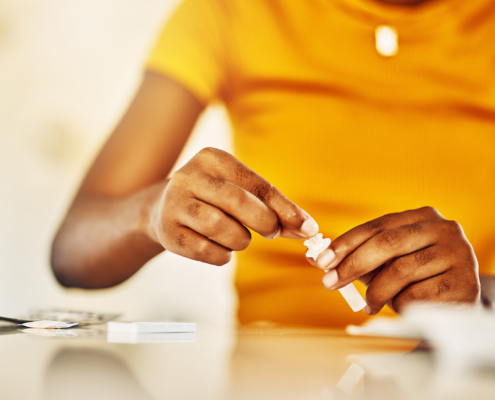At-home drug tests can provide quick results in a private setting, but their reliability varies based on a range of factors, including the type of drug testing method used, when and how the sample is collected, and the measured detection thresholds of different brands.
Hair drug tests are generally the most accurate but may miss drugs used in the previous 4 to 7 days. Saliva tests are quick and easy but can result in false negatives from certain foods and drinks while only working for 2 to 72 hours after use. Urine tests are the most commonly used because they can screen for a range of substances within the most realistic usage timeframes.
However, the time of day, along with a person’s unique metabolism, can significantly alter the concentration of drugs detected in a urine sample. Certain drugs metabolize faster in different individuals, leading to varied test outcomes. The accuracy of an at-home urine test also hinges on how the sample is collected. Dehydration concentrates urine, which might increase the likelihood of drug detection, whereas excessive hydration can dilute a sample, possibly leading to a false negative.
While they’re useful for helping identify that a specific drug may be present, at-home tests aren’t 100% accurate. False positives and negatives are always possible. Some common cold and flu medications can cause certain at-home tests to flag the presence of amphetamines, so the results of at-home tests should always be taken with a grain of salt.











